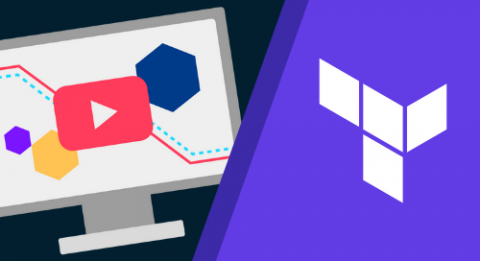Operations | Monitoring | ITSM | DevOps | Cloud
CI CD
The latest News and Information on Continuous Integration and Development, and related technologies.
Automating database cleanup with scheduled pipelines
RESTful API projects often require that developers grant temporary access to a particular resource. Sometimes this happens within a specific interval, such as a few days or months. Revoking permissions when they expire could mean including extra logic during the authentication process or writing a middleware function to attach to the secured endpoint. Or, this logic could be abstracted to a separate part and configured to check and manage permissions at a regular interval.
Getting Started with Terraform Modules and Cloudsmith
A quick walkthrough of getting set up with a private repository for Terraform Modules on Cloudsmith, including uploading and downloading modules.
Say Hello to Cloudsmith
Technical debt: how to measure and manage it with DevOps
Every technical team in the software industry is familiar with technical debt. That is because every software team incurs technical debt along the way. This article answers some critical questions about technical debt. It reviews what technical debt is and what its causes are, why it is essential to address technical debt, and how this debt accumulates.
Advanced pipeline orchestration with the circleback pattern
With multiple teams working on many projects, having a single pipeline for your software is just not enough. These projects need to be built and integrated before they can be tested and released. So how do dev teams handle this situation? Many teams approach the problem by breaking down software into smaller parts that do less, and are easier to maintain and build. This approach has resulted in the microservices architectures that are increasingly common in our industry.
Deploying a React application to Netlify
React, a front-end framework for building user interfaces, uses component-based architecture and non-opinionated design principles, making it a developer favorite. React has been widely adopted and has a large community of developers behind it. Netlify is a popular framework for hosting React applications, but it does not provide your team with the highest level of control over the deployment process. As a result, you are not able to perform important tasks like running automated tests.
Customizing the JFrog Xray Horizontal Pod Autoscaler
Getting Started With GitOps and Argo CD
Today we are going to explore getting started using Argo CD. This post is going to assume you know a bit about containers, and that you already have an empty cluster in place (or know how to create one). If any of this is unfamiliar, head over to Understanding the Basics to get a bit of practice. Before we get started, let’s talk about GitOps.











